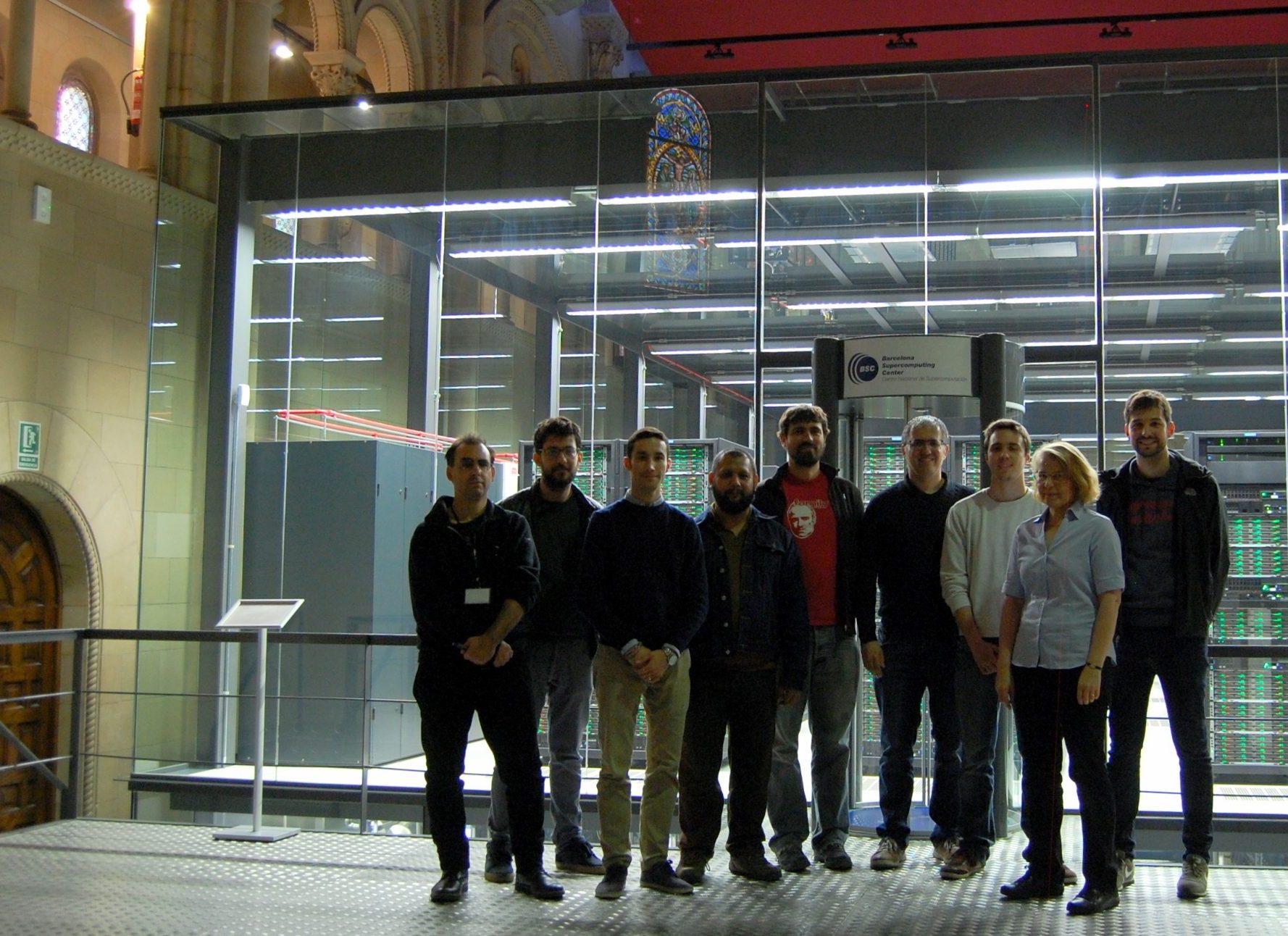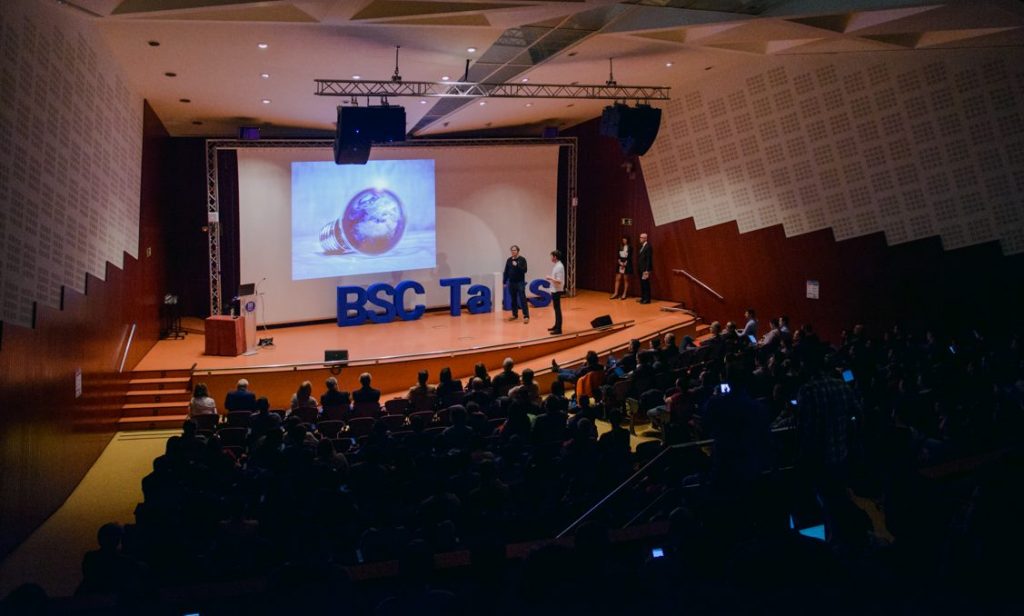Our research is directed towards the development of nuclear fusion as a future energy source. We focus on the numerical modelling of experiments in magnetically confined fusion devices in preparation for ITER operation. Our overall objective is to enhance the modelling capabilities by code development, validation, integration and optimization, with the ultimate goal of helping improve the performance of ITER and future fusion reactors.
Summary
Fusion physics models have high computational requirements. This is because simulating large-scale fusion devices such as ITER with realistic plasma models involves not only complex systems with many nonlinear dependencies but also integrating physics at different time and space scales in a consistent manner. The resulting high computational requirements often call for simulations using high performance computing (HPC).
Our overall objective is to enhance the modelling capabilities in fusion by code development, validation, integration and optimization including the use of advanced HPC techniques. We work closely towards the objectives of EUROfusion (www.euro-fusion.org), the European fusion research programme for Horizon 2020, in collaboration with ITER, International Tokamak Physics Activity, and the Spanish national fusion laboratory CIEMAT.
Our research is developed along several research lines
One of the key issues for a future fusion reactor is the physics of fusion-born alpha particles. Alpha particles are fast 3.5-MeV Helium-4 ions born in the fusion reactions between deuterons and tritons which form the fusion fuel. Our efforts in the field of fast ion physics are directed towards enhancing the modeling capabilities of such fast ions in fusion devices for improved physics understanding and performance optimization. Special emphasis is given to the modeling of fast ions heated with waves in the ion cyclotron range of frequencies and their interactions with a variety of plasma instabilities.
Another of our main research topics is the modelling of pellet injection into the fusion plasma which is one of the promising methods for mitigation of Edge Localized Modes (ELMs) in ITER. ELMs are magnetohydrodynamics (MHD) instabilities at the plasma boundary. We study the pellet triggered ELMs using large parallel plasma simulations with the non-linear extended MHD code JOREK on world top500 supercomputers such as the BSC in-house supercomputer MareNostrum (Spain) and Helios (Japan).

We also take part in the EUROfusion High Level Support Team (HLST) to provide expertise and support in HPC to the scientists from the EUROfusion Research Units for the development and optimization of supercomputing codes.
Furthermore, we work on fusion code implementation within the EUROfusion Code Development Work Package (WPCD) for integrated fusion modelling.
We also work on the further development and optimization of the EUTERPE code for gyrokinetic particle-in-cell (PIC) code for the global linear and non-linear simulations of fusion plasma instabilities in three-dimensional geometries. This work is carried out in collaboration with CIEMAT (Spain) and IPP Garching (Germany).
Objectives
Our overall objective is to enhance the modelling capabilities by code development, validation, optimization and integration for improved understanding in preparation of ITER and future fusion reactors. We strive to achieve this goal by improving and validating the available fusion physics models through comparisons of our modelling results with experiments from different present day fusion devices.
Our present efforts cover modelling for several present-day tokamaks such as JET (UK), ASDEX-Upgrade (Germany) and DIII-D (USA). In parallel, we use our validated models for extrapolations to future devices such as ITER. We also contribute to the code development for integrated fusion modelling as well as to the optimization of fusion codes on supercomputers.
More information



